新加坡南艺和拉萨尔艺术学院可能要升级为大学?
最近,新加坡官委议员何伟山在国会进行演讲时,提出进一步发展本地艺术的建议。在演讲中他提议将新加坡现有的艺术学院进行升级,转为专职艺术类大学,以此提高社会对这类学校的认可。
以下是他的完整演讲。或许在不久后的将来,新加坡能够变成文化绿洲。
《艺攀卓越 为国争光》
近几年来,政府机构、文化艺术团体和企业基金会联合推出和举办了许多文化艺术活动,供来自不同年龄,以及背景的国人参与其中 。我认为,在推广艺术,让艺术更普及化、被大众接纳的同时,我们更是应该要求自我,向往达成“卓越艺术”的目标;除了继续培养本地艺术观众和爱好者,我国也需要栽培更多的优秀艺术专才,让整个艺术领域更具活力,蓬勃发展,百家争鸣!
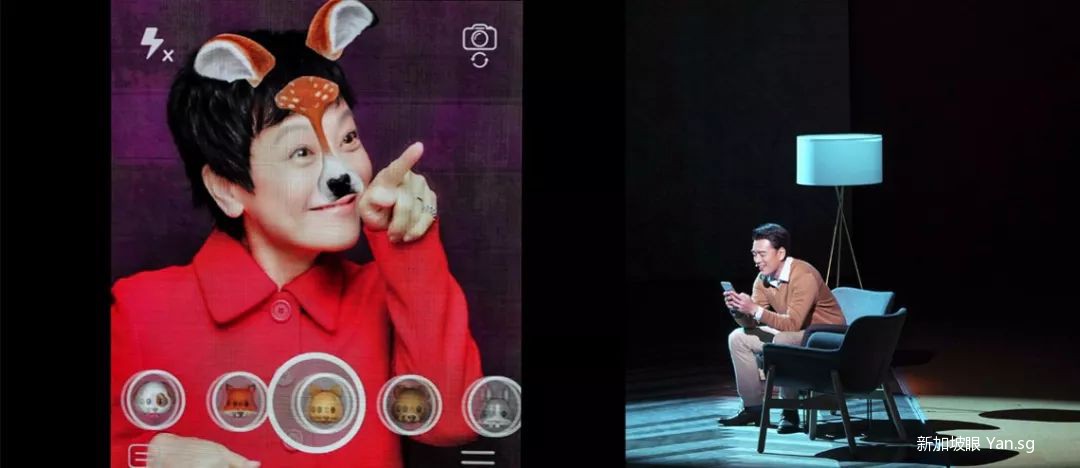
▲华艺节戏剧
艺术在我国人民的文化认同上,扮演着重要的角色,持续永恒地培养本地艺术观众正是国家艺术理事会推出的“新加坡艺术拓展蓝图” 的重点工作之一。 从建国至今,我国的文化艺术发展可说是一日千里,艺术的普及和推广也取得了显著的成就。在学校,除了知识技能外,提倡学生的个性与全面发展,让所有学生都需要上艺术课,是“全人教育”的一部分。艺术能够激发学生的好奇心、开拓他们的创意思维。当青少年展现出在艺术方面的才华和天赋的时候, 我们可以为他们提供更专业的训练平台,希望他们有朝一日可以与世界级的艺术家媲美。
为栽培本地艺术家和人才,我们应该极力发展和拥有自身的艺术大学。目前,我国有几所师资优良、提供优质教育的艺术学院,譬如:新加坡艺术学院、南洋艺术学院、拉萨尔艺术学院和新加坡国立大学杨秀桃音乐学院。我提议政府探讨并尽早将南洋艺术学院和拉萨尔艺术学院提升成为艺术大学。这样一来,学生们升学时,有机会在本地继续深入钻研艺术且获得认可。
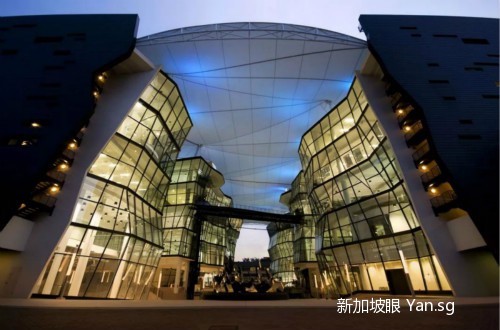
▲充满艺术和科技感的拉萨尔艺术学院
其次,我国在普及艺术的同时,应该不断寻求新高峰。我们怎么样才能更好地为本地的国家艺术旗舰团体培养未来专职艺术家?我们需要清楚为这一批艺术专才规划和提供更灵活的学习框架和环境,以及专属的职业途径,在他们毕业之后,他们就可以为国家艺术旗舰团体服务。不论是专业全职的艺术家、管理人员,或是研究人员等艺术工作者,有了来自源源不绝的专业艺术家和艺术工作者将大大提升本地的文化艺术生态。
32岁黄佳俊2016年获得第五届马勒指挥比赛金奖。
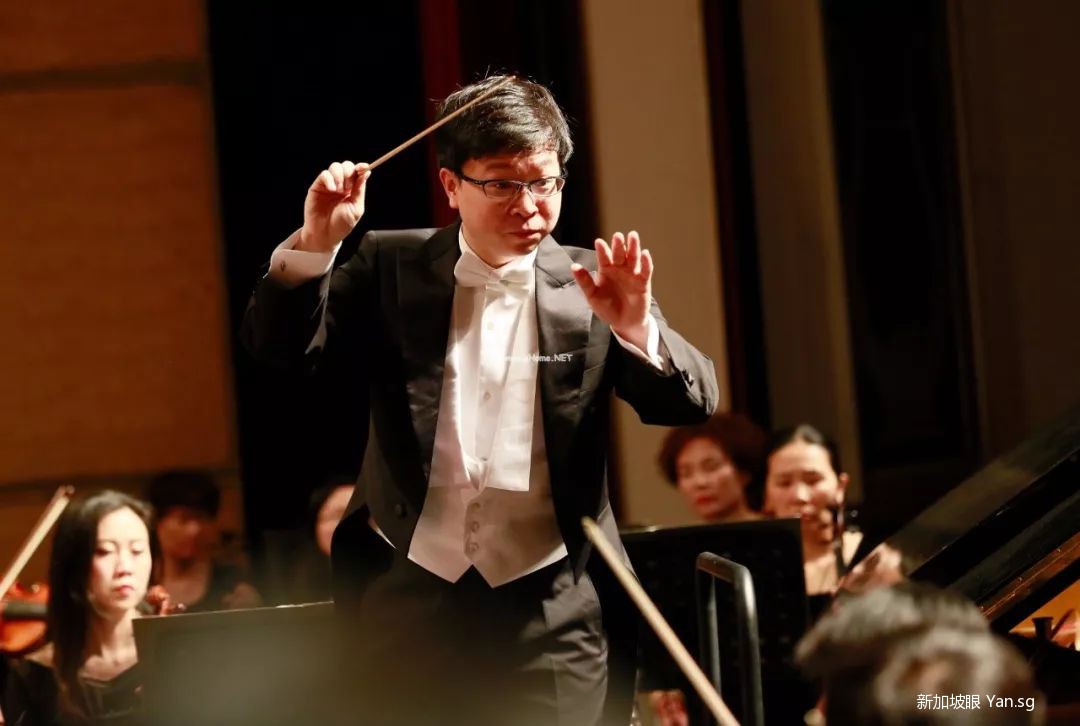
2018年,11岁天才儿童蔡珂宜在日内瓦举行的梅纽因国际小提琴比赛初级组中,脱颖而出,获得第一名。
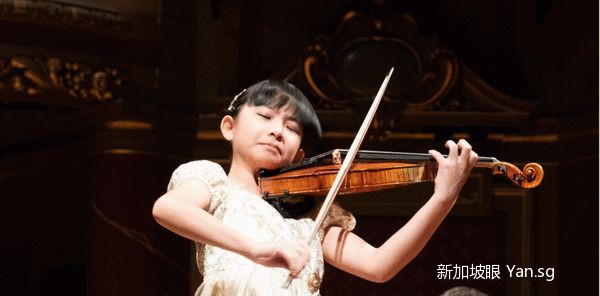
最近,年仅16岁的卢节伶在新加坡国际芭蕾舞大奖赛获得“新加坡总冠军”,技高一筹。他们的天赋获得发掘,在国际舞台上获得肯定。
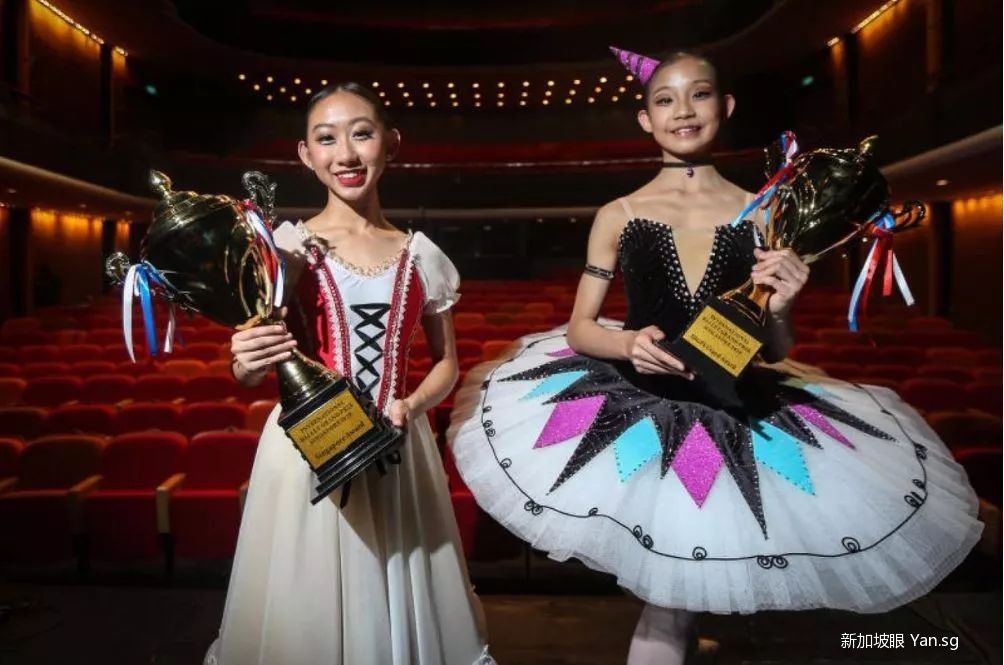
卢节伶(左)
我国有能力栽培这些艺术人才,而且需要塑造更多未来的国际艺术奖得主。这时,政府、教育部、文化、社区及青年部、各学府、艺术团体等有必要重视发展卓越艺术的生态理念。我们在呼吁更多国人参与艺术活动之际,也应该相对性地重新思考和探讨如何发展卓越艺术的可能性和实践性。 我们不但要让文化艺术接地气也要让新加坡的艺术家和艺术作品在国际舞台上大放异彩,为国争光!
谢谢!
以下是何伟山英文演讲全文:
Achieving Arts Excellence in Singapore
It has been heartening to observe agencies from different sectors across government; arts and cultural companies and enterprises coming together to introduce a series of arts and culture programmes for Singaporeans of all ages. As we focus on creating access and opportunities to arts of different forms, and also engaging in deeper and more sustained appreciation of arts, I believe that we should all come together to achieve artistic excellence that inspires.
The arts have always played an important role in defining our nation’s cultural identity in Singapore. The arts bring diverse communities together. The arts scene has been thriving, as artists chart professional careers and arts groups grow in strength. And the SG Arts plan maps the National Arts Council’s (NAC) priorities over the next five years to bring Singapore’s arts development to new heights. Our arts community has also achieved significant success with distinctive works that have resonated with audiences both locally and overseas. These are pursuit of arts excellence. And these local talents are our nation’s pride and define our nation’s distinctive identity.
In schools, our students are exposed to arts programme, as part of holistic education. Be it music lessons or aesthetics lessons, these are part of a student’s curriculum. Also, the National Arts Council – Arts Education Programme provides all students with access to quality arts education experiences.
In terms of Co-Curriculum Activities, students can choose the arts CCA, where they have opportunities to take part in the Singapore Youth Festival (SYF) Presentation, as well as the annual SYF Celebrations. In 2012, the SYF Central Judging was rebranded as a SYF Arts Presentation, the award structure revamp was put in place by the MOE to emphasis enjoyment of the arts rather than the pursuit of awards. This has provided access and opportunity, increasing the participation rates in performing arts.
For students who are more talented and seek deeper engagement in arts, there is the Artist-In-School Scheme. This scheme supports sustained partnerships between Singapore Arts Professionals, such as musicians, dancers, and writers to co-develop customised arts experiences that deepen students’ engagement in and through the arts.
The arts can play a significant role in culture-building, community life and city planning. As society becomes more diverse, the arts can help deepen understanding and bridge differences across communities. I believe that artistic excellence and creating access and opportunities to arts for the masses, are two different tracks.
Therefore, I have 3 recommendations:
1) Explore the possibilities of transforming our arts academies into full-fledge Arts University
The arts must energise and excite Singaporeans, bring people together and reflect what Singapore represents to a global community. In Our SG Arts Plan, one of our key strategic thrusts was “Singaporeans are empowered to create, present and appreciate excellent art”. But where will our creators of excellent art come from? In pursuit of access and opportunities to arts, we should not forget we ought to reach the pinnacle of excellence.
In order to groom our own local pool of artists and talents, we ought to have reputable arts institutions. We already have the Yong Siew Toh Conservatory of Music at National University of Singapore, founded in 2003; the arts institutions – LASALLE College of the Arts, founded in 1986; Nanyang Academy of Fine Arts, established in 1938, and School of the Arts (SOTA), founded in 2008. These are already reputable institutions, however more can be achieved.
For instance, as the first pre-tertiary arts school in Singapore, SOTA’s programme allows students to take one arts subject, in addition to the usual academic subjects taught in mainstream schools. At the end of their six years, students graduate with an IB diploma. However, it was reported in May 2017 that only three in 10 SOTA graduating students went on to pursue arts-related university courses. An article then raised questions about the effectiveness of SOTA’s programmes in preparing students for a career in the arts.
As an aspiring Arts Nation, I believe that we should have our own Arts University. By transforming or upgrading our art academies, this will draw local and overseas talents into enrolling into these institutions. At present, we do partner prestigious universities overseas; send our students overseas on exchange programmes to broaden their horizon. All these are important. Competitive benchmarking is ambitious and it will help one to grow and learn more about their competitors. We have to nurture local talents. Thus, these efforts will help create vibrancy in the arts scene, heighten motivation amongst the arts practitioners and in the process, and spark off friendly contests to achieve excellence. I urge the government to explore the possibilities of transforming our arts academies like NAFA and LASALLE into full-fledge Arts University.
2) Establish a robust eco system to develop top notch artists
Singaporeans can be proud of our artists and arts groups winning international awards and being featured at leading arts venues and festivals around the world. I believe that there is a need to redefine our arts ecosystem, so as to for a greater platform for professional artistes, artistic director and arts manager.
We do have many top notch artists, Cultural Medallion and Young Artist Award recipients. NAFA has nurtured 13 recipients of the Cultural Medallion. Another 14 of their alumni have been presented the Young Artist Award. Also, many of their alumni have gone on to make their mark in the professional arts scene in Singapore and abroad. LASELLE, too, has her fair share of Cultural Medallions.
Perhaps we could recognise our cultural medallions more during National Arts events, and work closely with the different National Arts Flagship Companies, to groom and identify younger talents, then pass on the knowledge from one generation to the next.
Many of them started their music journey since young. They were nurtured by dedicated teachers and supportive parents. We will need to establish a robust eco system to develop top notch artists and management, who are equipped with strategic and critical thinking, to groom and nurture the next generation of finest artists. In achieving excellence, clear career pathways, programmes and platforms need to be in place, also leading them to join national arts flagship companies. This eco-system needs to be sustained.
3) Young Singaporeans in the arts scenes and future international award winners
In fact, we do already have young talented individuals in the arts scenes. Wong Kah Chun was the first Asian to win the prestigious international Mahler Conducting Competition for in 2016.Violinist Kam Ning has gone on to perform all over the world both as soloist and chamber musician. She was the Second Prizewinner at the Queen Elisabeth Competition in 2001. 11-year-old Chloe Chua is the junior champion of the Menuhin International Violin Competition in 2018. 15 year-old Chen XinYu was admitted into the NAFA School of Young Talents at the age of 6. When she turned 8 years old, XinYu won the First Prize in the Junior Pipa Category of the Singapore National Chinese Music Competition 2012 organised by the National Arts Council.
All these are our young Singaporeans, and we should continue to track their performances in the local and international arts scenes. These young budding talents are the future of our arts scenes, and we will need more of them. What does the future hold for international arts winners in Singapore? To cultivate full-time artists and retain them, we need to have clearer career pathways, specialization that leads them into national arts flagship companies, after graduation. We will need the government; such as MOE, MCCY, NAC, the Universities and colleges, and art groups to strengthen their core and emphasis on the importance of outstanding artistic development.
The arts scene in Singapore is evolving. Not only seeking more Singaporeans to engage and participate in arts, I urge the government to rethink and reoffer, at the national level about how Singapore can achieve arts excellence and fly our Singapore flags high in the international scenes. Not only do we need artistes, we need to have qualified teachers, managers and directors, to keep the arts scenes vibrant and to foster the sustainability of the arts sector.
In conclusion, I would like to recommend that the government upgrade and transform arts institutions such as NAFA and LSALLE into full-fledge Arts University; establish a robust eco system to develop top notch artists and nurture local artists to serve better in the National arts flagship companies.
Thank you.

 新加坡眼
新加坡眼

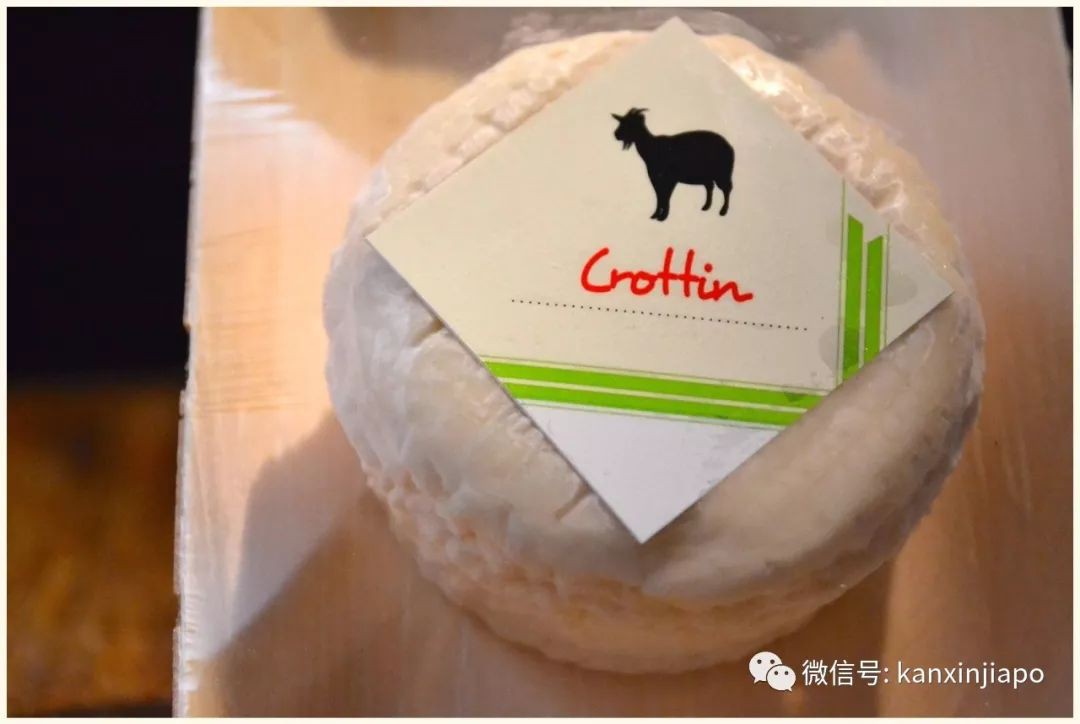
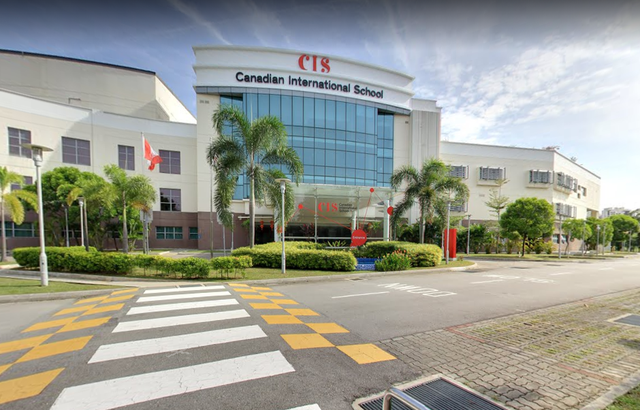
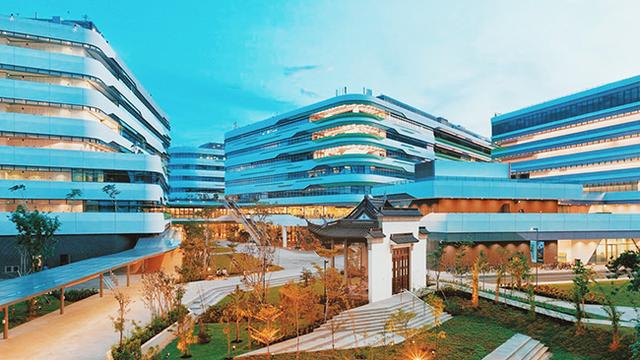
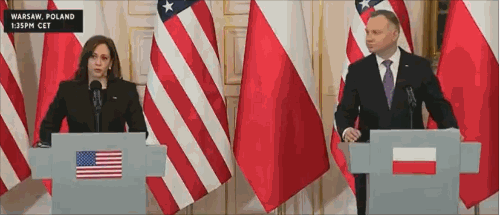



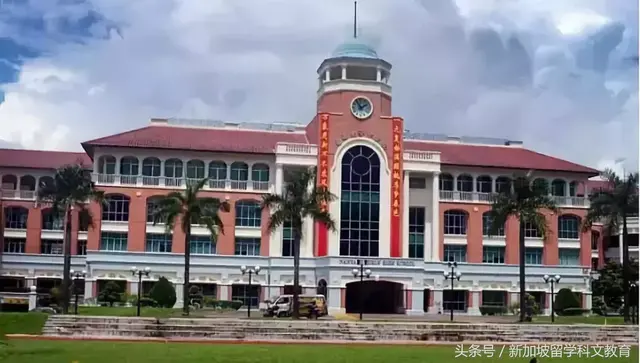



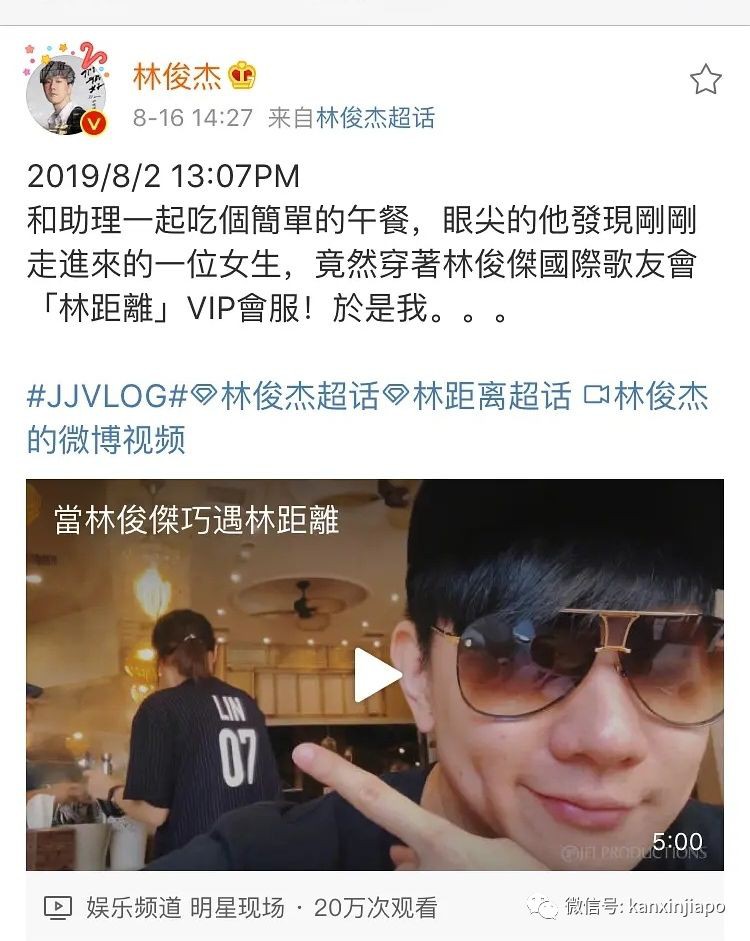

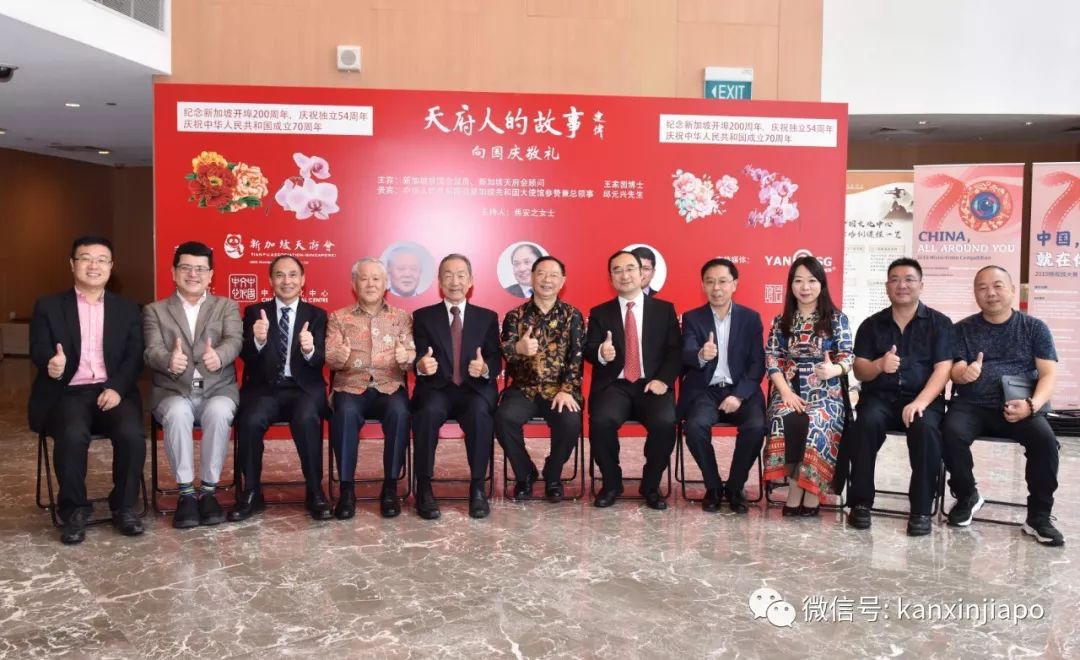











评论